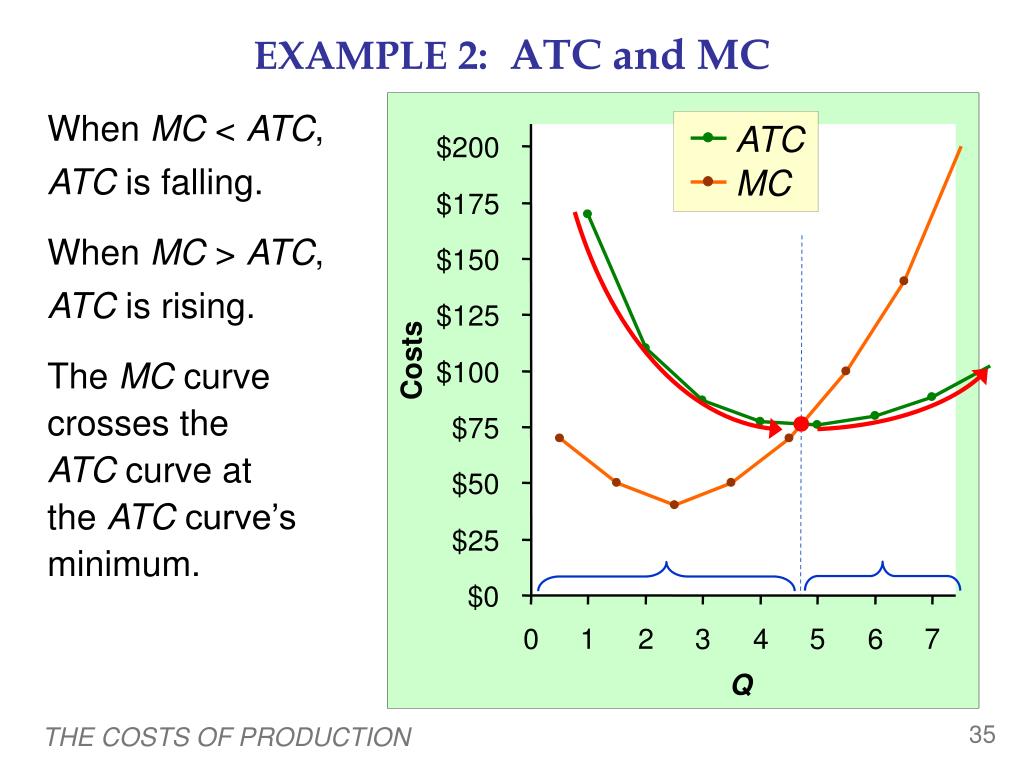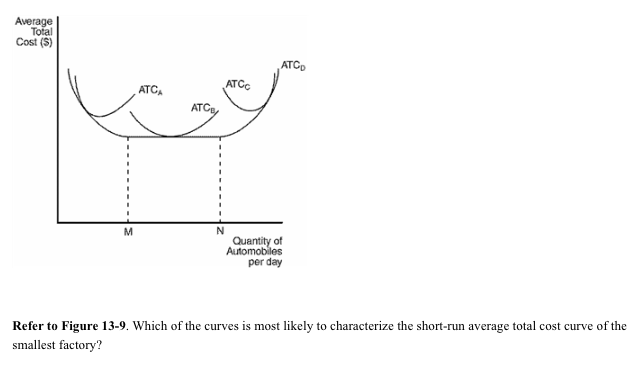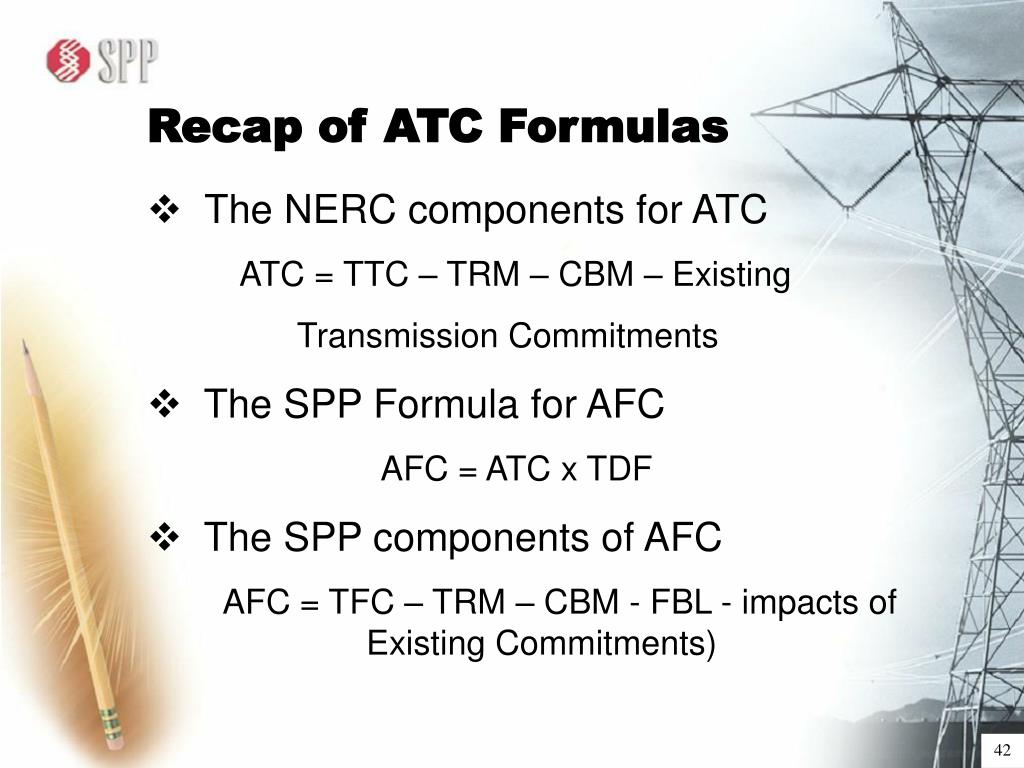

It means total revenue minus explicit costs-the difference between dollars brought in and dollars paid out. These two definitions of cost are important for distinguishing between two conceptions of profit, accounting profit, and economic profit. Implicit costs also include the depreciation of goods, materials, and equipment that are necessary for a company to operate. For example, working in the business while not earning a formal salary, or using the ground floor of a home as a retail store are both implicit costs. Often for small businesses, they are resources that the owners contribute. They represent the opportunity cost of using resources that the firm already owns. Implicit costs are more subtle, but just as important. Wages that a firm pays its employees or rent that a firm pays for its office are explicit costs. Explicit costs are out-of-pocket costs, that is, actual payments. We can distinguish between two types of cost: explicit and implicit.

We will learn in this chapter that short run costs are different from long run costs. The sum of all those costs is total cost. Each of those inputs has a cost to the firm. Recall that production involves the firm converting inputs to outputs. Total cost is what the firm pays for producing and selling its products. We will see in the following chapters that revenue is a function of the demand for the firm’s products. We calculate it by multiplying the price of the product times the quantity of output sold: Total revenue is the income the firm generates from selling its products. Conversely, average total cost includes all costs per unit, and so is used to set the minimum long-term price that a business should offer in order to generate a profit over the long term.6 Costs and Production 6.1 Explicit and implicit costs, and accounting and economic profitsįrom: Openstax Principles of Microeconomics (Chapter 7.1)Įach business, regardless of size or complexity, tries to earn a profit: Marginal cost information is used to set the minimum price that can be charged to sell one more unit of output, usually when there is some excess capacity available for the fulfillment of a few additional customer orders. Marginal cost is the cost incurred to produce one additional unit, which is the variable cost per unit. When this is the case, the reported average cost of a batch may be higher than is really the case this can be a problem when the same product will be manufactured again, since management will be operating from the incorrect average cost figure, rather than the cost of the last unit produced. This disparity is hidden in the average total cost calculation. Disadvantages of Average Total CostĪ problem with this concept is that, as production volumes increase, the incremental cost to produce a unit declines, so the cost of the last unit produced may be much lower than the cost of the first unit produced. If the accountant had only been interested in the average variable cost, this would have been calculated as $1.33 per unit (calculated as $100,000 variable costs divided by 75,000 units). Based on this information, the average total cost for each unit produced was $2. During the last month, it incurred $50,000 of fixed costs and $100,000 of variable costs, while producing 75,000 widgets. Example of Average Total CostĪ business manufactures widgets. For example, the rent on a production facility is classified as a fixed cost, while the cost of the direct materials that goes into a product is classified as a variable cost. The amount of variable costs incurred will vary directly with the number of units produced. (Total fixed costs + Total variable costs) / Number of units produced = Average total costįixed costs are those costs that will be incurred, irrespective of the production level. To calculate average total cost, add together total fixed and variable costs, and then divide by the number of units produced. It is also useful to track this cost on a trend line, to see how it is changing over time. Any price set below the average total cost will not allow a business to recover its costs, resulting in losses. This information is commonly used to set the minimum value at which a price point should be set.

The outcome includes a combination of all fixed costs and variable costs incurred to produce the units, and so is considered the most comprehensive costing compilation for a production run. Average total cost is the aggregate of all costs incurred to produce a batch, divided by the number of units produced.


 0 kommentar(er)
0 kommentar(er)
